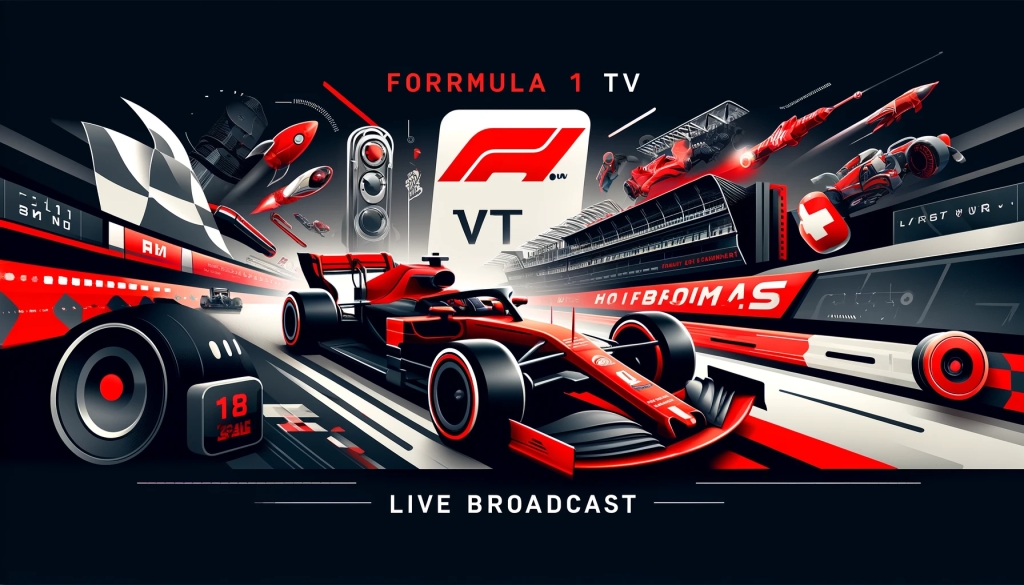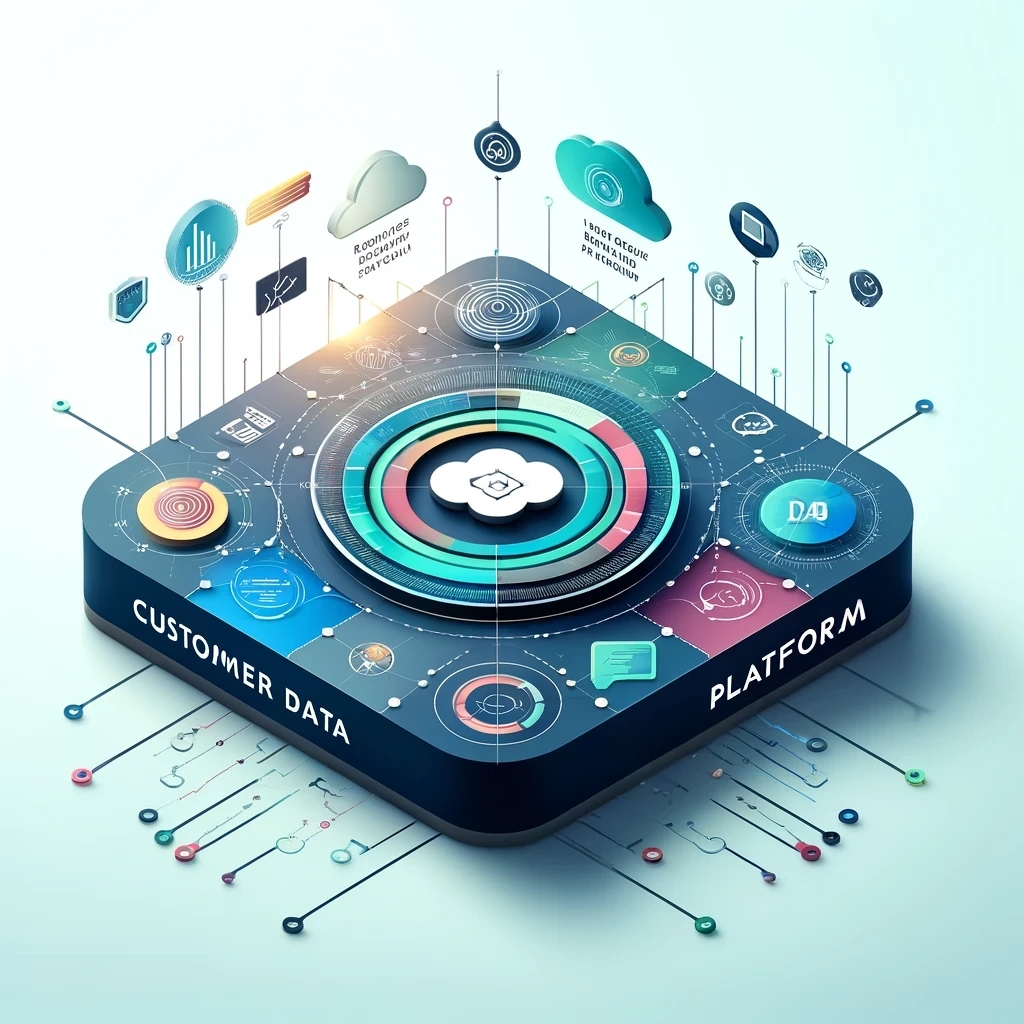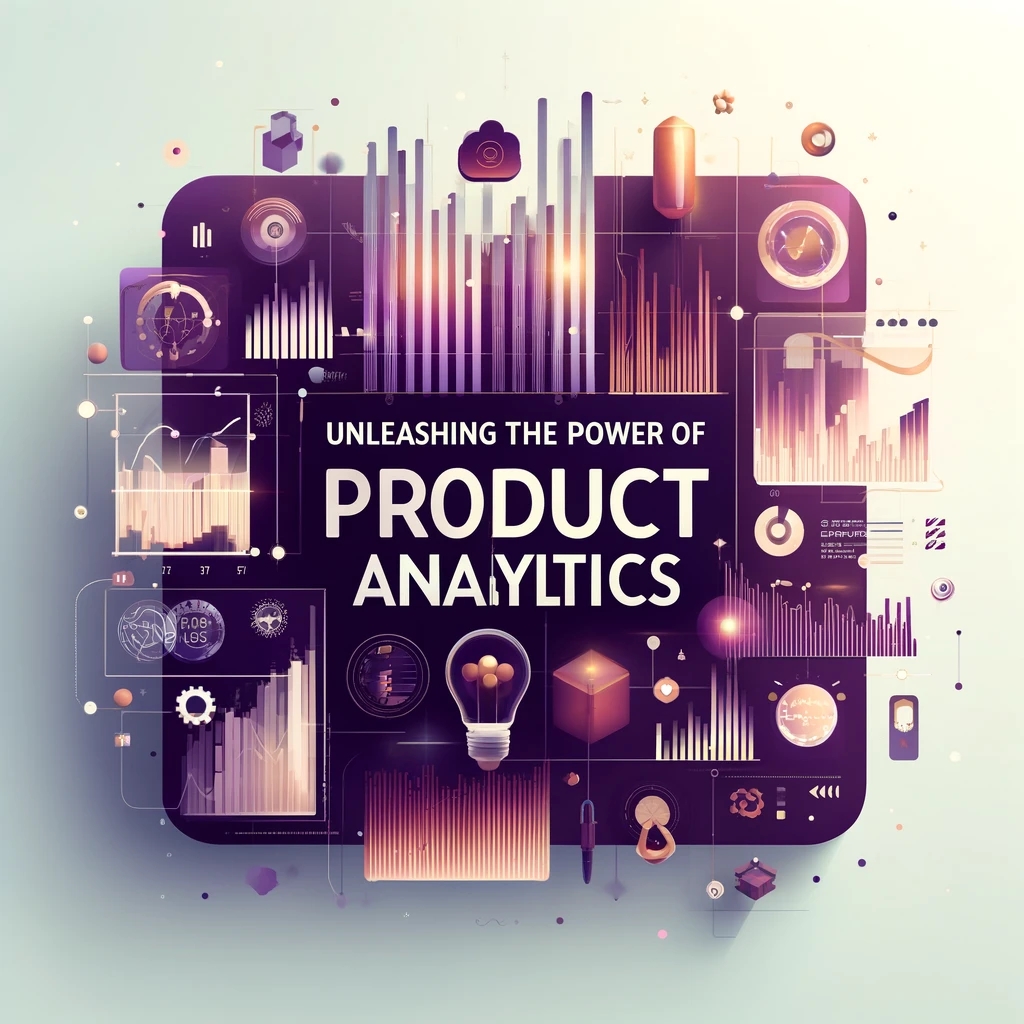
According to Maslow’s hierarchy of needs, Love and belonging for a human being is the third most crucial need after physiological needs (air, water, food and clothing) and Safety needs (employment and personal security) and there is no surprise to see companies cashing on this opportunity. With digitization and digital transformation happening in all industries, matchmaking apps created a disruption when these were launched in India way back in 2016.
In a country where the urban sex ratio is 930 females to 1000 males, such an application is a boon for people who are searching for a partner. In the Indian context, matchmaking apps can be broadly classified into two categories – Dating apps and matrimonial apps which we will be analyzing separately.
Dating Apps
For a conservative society like India, It was a surprise to see the success of Tinder when it was first launched in 2016. Many other companies were trying to replicate a similar platform to gain the early-mover advantage. And today, the revenue of the online dating platform is around $51 million. It is expected to reach $75 million by the year 2024 at a CAGR of 10.2%.

Revenue Model
Online dating is indeed one of the categories with the highest amount of services and customers. Freemium has been the revenue model adopted by most of the companies. In a freemium model, the user initially uses the application for free, and later the companies up-sell to a paid subscription.

These dating apps generally use geographic proximity to match users. Users are also introduced to a lot of potential matches based on their personality choices. Users can also integrate with social media platforms and opt for push notifications which ensures that they remain connected to the application. Filters in such apps generally include age, gender, hobbies, location etc. and these filters play a pivotal role in finding the perfect match.
Target Segment
Online dating apps are generally preferred by younger urban population and are considered for casual relationships. Majority of the users are less than 28 years of age and are people who like to experiment with their relationships. 58.7% of users are in the age group of 25-34 years. Changing economic conditions and cultural preferences contribute to high user penetration. However, The user penetration rate is expected to grow from 2.7% to 3.2% due to the lockdown.

Matrimonial Services
Matrimonial services have been a key part of India, a market known for the traditional system of arranged marriages. The digitalisation of matrimonial services started for the first time in the year 1997 much before Indians were exposed to the concept of online dating.
The revenue from the online wedding industry is currently $11 billion and is expected to grow to 26 billion by the year 2022. In this, the online matrimonial market alone contributes $318 million.

Target Segment
The primary users of these apps and services are Generation X. 73% of the users on the Matrimonial apps are male, well that is funny. Even though the user base is shifting now, the numbers still show that the parents choose the bride/ bridegroom for their children.

Looking at the above pie charts, a question arises in mind, what people below the age of 18 years doing in these apps!, they are making 6% of the total user base. If you know the answer, do let us know in the comment box, and also tell us if there are any negative consequences of having them as audience for the company.
Revenue model
The revenue model is very similar to online dating apps and follows the freemium model, where the services are free initially. The user can choose to upgrade to a subscription-based model to use more features in the future. Features of the app include finding a partner based on religion, caste, community, personality, education, income and even physical attributes like height and weight.
Comparative Analysis
It is undeniable that the ultimate goal of both dating apps and matrimonial apps is the same. Even though the target segments are different, the motive of them is Matchmaking. Matchmaking apps show how useful STP(segmentation, targeting and positioning) is to place a product/Service. Dating apps primarily target Generation Z, and Matrimonial apps primarily target Generation X.

Even though the process of finding the match is pretty similar, there are contrasting differences. Tinder is the dominant player in the dating apps industry and is positioned as an application for casual relationships. In contrast, matrimony.com, the market leader in the matrimonial service apps, is positioned as an application for a serious relationship which ultimately ends up in marriage.
These differences have been noticed because the targeting of the applications is according to the market segments identified. The features, as mentioned above of both the matchmaking services, are incredibly opposite when compared to each other. While dating apps provides geo-proximity to find the matches, matrimonial applications use an algorithm which combines preferences supplied by the customer.
Final Thoughts of Author
Another interesting observation is that the user of a dating app is a customer as well as the consumer. On the other hand, a majority of the users of a matrimonial application is just the customer and not the consumer. This has been the reason why the preferences while searching for a partner using a matrimonial site has been medieval (using religion, caste, status, community, etc.). Most of the matrimonial apps are considered brands and these brands have products classified according to the community, caste and religion.
In a developing country like India, where the society is opening up to inter-caste marriages (36% of youth are open to inter-caste marriages according to a survey by Statista.com), such thoughts and perspectives would, in fact, push progressive development to the backseat. However, Matrimonial apps are now trying to focus on Generation Y and Generation Z, as well. Recently, a leading matrimonial application started a campaign to push youth to take their own decisions. Similarly, certain dating apps are also trying to expand their user base by positioning themselves as an app for serious relationships. Let us hope that the users just don’t swipe right but also do it right.
Hope you guys engaged yourself with the article well. If you like it please share it with others who would like to read this article. Also, checkout our other blogs on distinct businesses. Let us know your thoughts on this topic in the comments below.
Thanks to Mr Srujin for this wonderful piece! He is a technology and digital transformation enthusiast. Do checkout his LinkedIn and connect with him for discussion on digital transformation.




Leave a comment